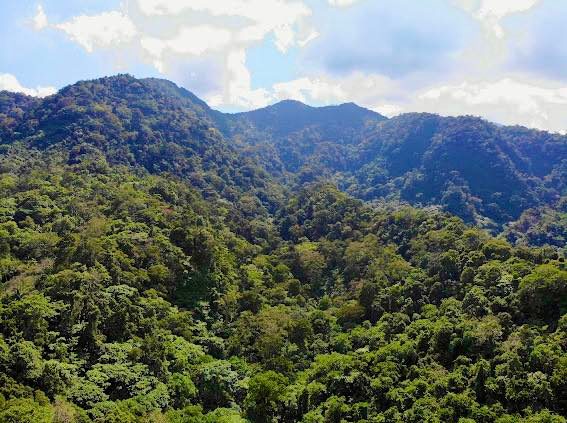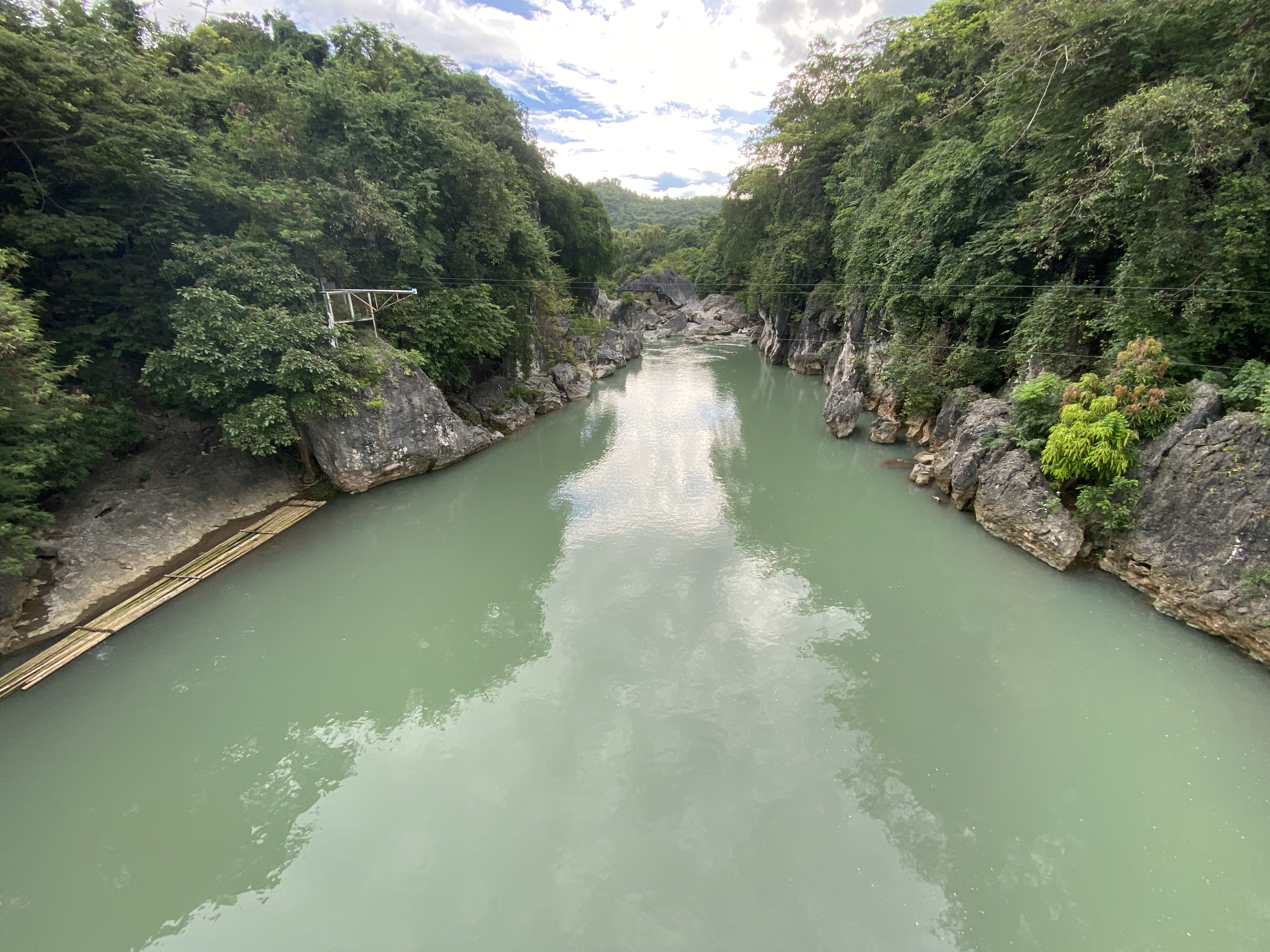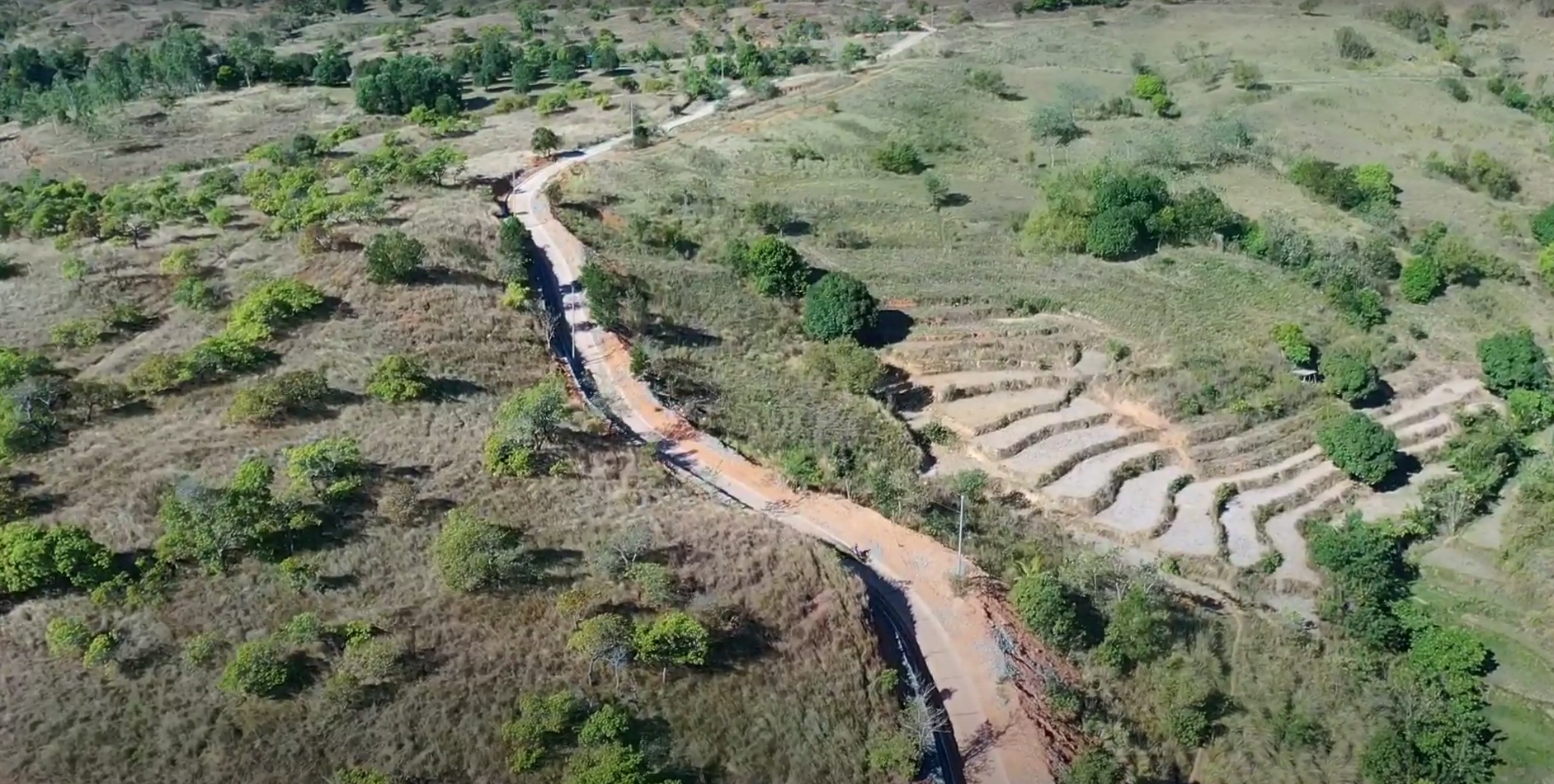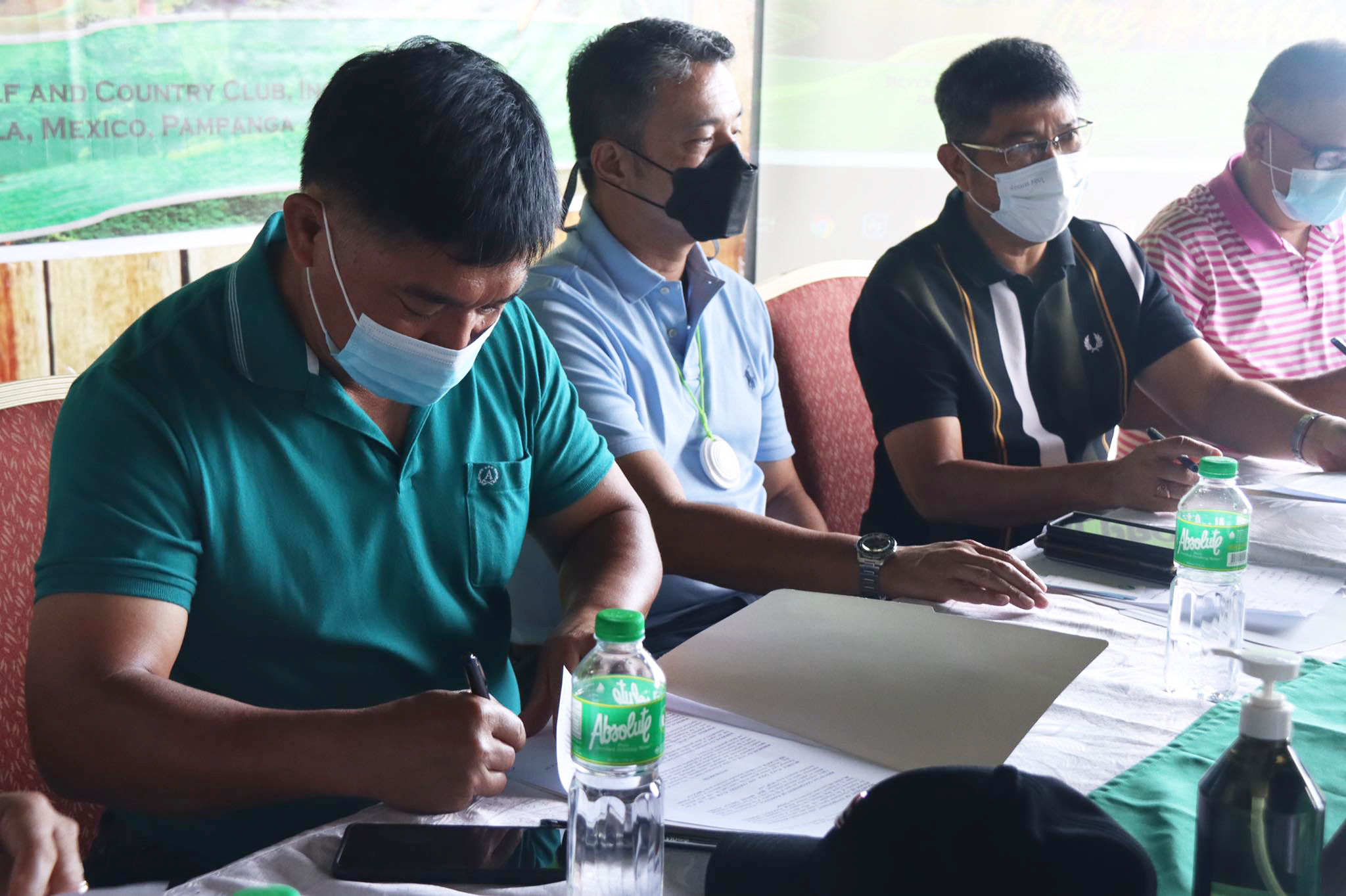Over 19K poll ads removed from DENR's Oplan Baklas
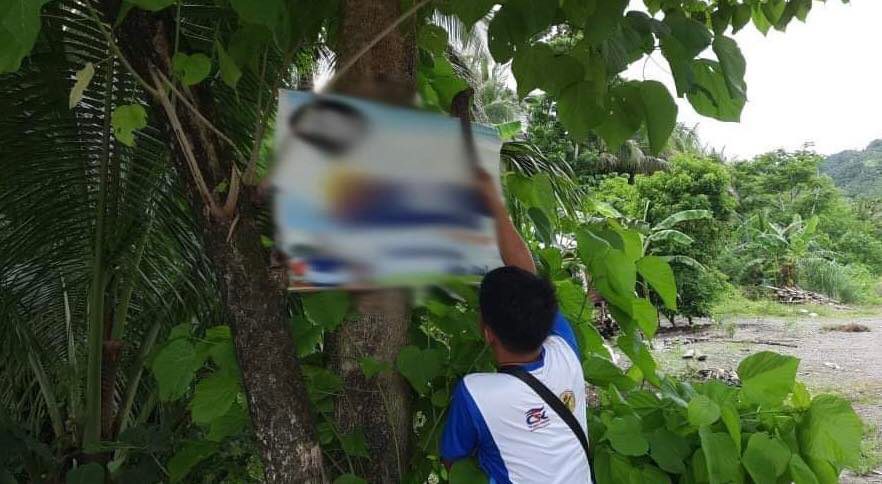
The Department of Environment and Natural Resources (DENR) here has removed over 19,000 pieces of campaign materials illegally nailed and tucked on trees along main roads and thoroughfares in Central Luzon.
The series of operations came through following the recent directive of DENR Secretary Jim Sampulna to its field offices to carry out "Operation Baklas" that aimed to promote an environmentally conscious elections by urging political parties and supporters to only post poll advertisements and other paraphernalia in common poster areas and spare trees from any campaign materials.
The DENR-3 in collaboration with other enforcement agencies intensified its efforts to remove illegally posted campaign materials in key areas in the region notably in Bulacan, Nueva Ecija and, Pampanga, which are among the vote-rich provinces in the Philippines.
“Trees are vital to our environment. Nailing them with posters and streamers will not only reduce their aesthetic values, but will likewise pose threat of infestation, as nailed parts may serve as entry points to fungi, bugs, termites, among others,” DENR Regional Executive Director Paquito Moreno, Jr. further explained.
He added that solid waste, particularly non-biodegradables and single-used plastics, accumulated from the three-month campaign period could increase, especially if proper disposal and recycling would not be observed by the public.
In a related development, the Assistant Regional Director of the Commission on Elections (COMELEC), served as guest in last Tuesday's Earth Talk Central Luzon, a regular radio program hosted by DENR-3. The COMELEC official discussed important guidelines to keep the pre- and post-election season environmentally-sound.
The DENR here warned the public that any person found violating Section 3 of the Republic Act 3571, which prohibits cutting, destroying or injuring planted or growing trees, may be punished with a penalty ranging from six months to two years imprisonment and a fine up to P5,000.
The public may report incidences of illegal posting of campaign materials on trees and other environmentally destructive activities to the nearest DENR office in their area or contact 0945-368-5303. (-30-)
- Details
- Parent Category: News & Events
- Category: Press Releases

